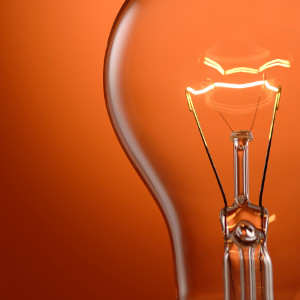Electricity is rarely stored but instead is usually converted to another energy form, such as electrochemical, potential or thermal. As a result, energy demand and supply need to be carefully balanced. This was more achievable with the traditional grid system using predictable fuel sources such as fossil fuels and nuclear fuel than it is with the grid system of today, which uses more intermittent fuel sources. Excluding hydro, the two main renewable sources, solar and wind, are intermittent. In grid networks with significant solar or wind capacity, sudden unexpected surges or drops in electricity generated from these sources has been reported.
To integrate more intermittent renewable generation capacity, the grid system must be able to balance supply and demand. In practice, this means being able to ramp up electricity supply to meet shortfalls when intermittent renewable sources cannot meet demand or minimise the demand for electricity during peak periods. The grid must also be able to cope with an oversupply of electricity from intermittent renewable sources and prevent grid overload.
Storage is one of several options that can be used to meet supply deficits from intermittent renewable sources. It involves storing excess energy generated at low-peak demand times and discharging it at times when intermittent resources cannot meet demand for electricity. This can generate revenue for the owners of storage systems, but the revenue generated would depend on the difference in price between peak and off-peak electricity, along with costs for the storage technology and other factors.
There are other advantages and uses of storage technology. For example, storage technologies can delay investments in new generation capacity, especially expensive ‘peaking’ plants to meet peak load demand.
The economic viability of storage technologies depends on the costs and viability of alternatives such as electricity import, backup power sources, for example diesel generators, and demand-response. Where electricity supply to customers is shut off or onsite generation start up at critical times or when market prices are high.






